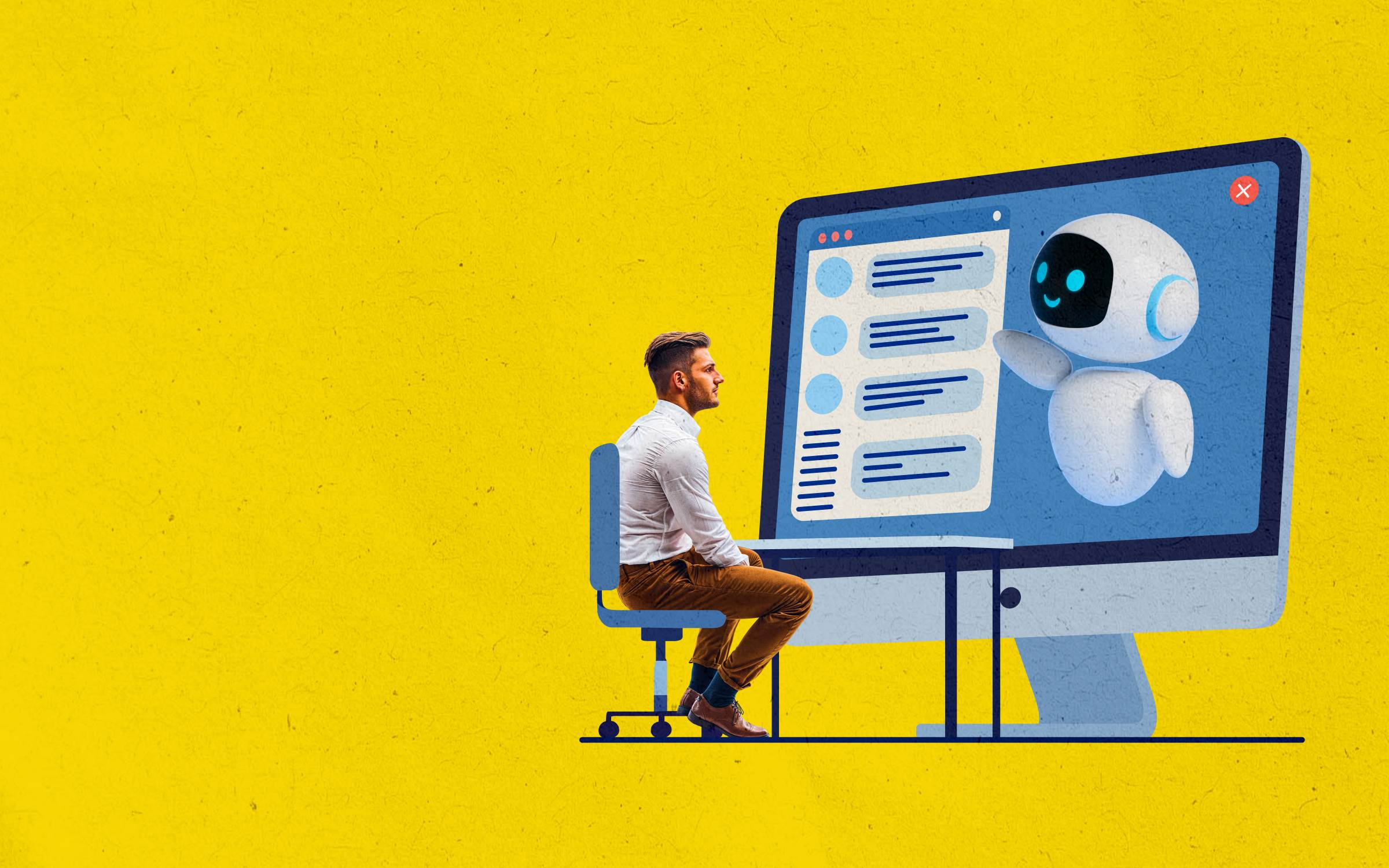After the killing of George Floyd in 2020 and a pandemic highlighting inequality, companies have increased their focus on diversity, equity, and inclusion (DEI). In fact, a survey of 5,000 human resource professionals and business leaders found that 90% of companies made DEI a top priority in 2021.
This trend is likely to continue into the new year, with 79% of surveyed companies planning to allocate more budget and resources to DEI in 2022.
However, growing pains are common when companies adopt new DEI practices. Find out the missteps your company should avoid to create initiatives with impact.
Misstep 1: Lacking Clear Definitions
If you ask your leadership to define DEI, each person would likely give a different answer. Sahar Andrade, a diversity and cultural competence consultant at Sahar Consulting, explains that often leaders have the best intentions for DEI programs but lack shared definitions.
Without a common language and clearly defined goals, leaders often work in “different directions,” she says. “That’s why sometimes the goals of DEI aren’t achieved… [Leaders are] not working from the same principles.”
The first step, she suggests, is creating a shared vision of what diversity means and looks like for the company. “We need to start with the principles,” she says. “The first one is to define what diversity is. Diversity is not only about color, religion, ethnicity, but it [evolves with time].”
Andrade also notes that DEI may look different across cultures and geographies, requiring tailored definitions for different regions.
Misstep 2: Mistaking Equality for Equity
Teams should also note that equality and equity have different meanings. Equality is defined as treating every employee the same. Equity involves creating an environment that accommodates people’s differences and individual needs. Too often teams ignore the distinction — either neglecting the structures marginalized groups need to thrive at work or assuming homogeneity within a minority group.
The most successful initiatives approach DEI as a mosaic: Each piece is uniquely different yet an integral part of the overall artwork.
For example, companies must “learn how to work with various types of people with disabilities because we’re not all the same,” says Keri Gray, CEO of the National Alliance of Melanin Disabled Advocates. Inclusive companies recognize that different disabilities require different accommodations, creating multiple programs to serve workers.
For example, in 2019 Amazon became the first major technology company to hire ASL interpreters full time. This program specifically focuses on meeting the needs of both current and prospective employees who are deaf or hard-of-hearing. The company also has an employee resource group, Amazon People with Disabilities, that welcomes all members of the disabled community.
Misstep 3: Putting All the Onus on Your Chief Diversity Officer
Many companies expect chief diversity officers to single-handedly own and operate all DEI initiatives. However, these programs are successful only if they have support from all members of the leadership team.
“[Company executives] put all this money, time, and energy into me [a DEI consultant] to create these strategic plans. They would put them into place and then kind of walk away,” says Natasha Bowman, president and founder of Performance ReNEW, a workplace consulting firm.
Throughout her nearly 20-year career working with DEI initiatives, Bowman has seen companies put together D&I councils or hire chief diversity officers without proper support for those teams. “If every single senior organizational leader has not put together what their accountability to D&I programs [might be]…it inevitably falls through.”
To keep employees across the organization accountable, Bowman suggests creating bonus and compensation incentives tied to D&I.
Misstep 4: Fulfilling a Diversity Quota
Fulfilling a diversity quota does not automatically create an inclusive organization. Executives must look beyond numbers and find ways to create a sense of belonging for diverse employees.
Bowman has seen a handful of companies put women of color in executive positions before they have proper training or mentorship for the role. Without these support structures, Bowman says, companies focus more on fulfilling a quota or appearing diverse than setting the stage for successful leaders. Instead, teams should look for ways to create pathways to train diverse employees for leadership roles.
For example, Lyft makes use of a Rooney Rule. Initially a policy created in the National Football League, Lyft’s version of the rule ensures that at least one woman and one Black or Latinx person is interviewed for every executive position.
In order to build a pipeline for diverse talent, Lyft created an opt-in, 9-month sponsorship program for Black and Latinx employees. More junior participants are paired with mentors at the manager level. Mentees just below the director level receive guidance from current directors or vice presidents at Lyft.
Misstep 5: Skipping Listening Sessions
Instead of assuming what DEI initiatives will resonate within your company, implement listening groups that can help identify the needs of diverse employees.
“Building an organizational culture that is inclusive requires pooling a wide range of people together to be able to have a productive conversation,” Gray says.
In one case, Microsoft held a listening group following the killing of George Floyd. One employee, Darrel Booker who works as a corporate affairs specialist, expressed that the company could be doing more to serve Black communities. This initial conversation led to a program designed to provide technology and support to Black nonprofits. Booker still leads this project.
Misstep 6: Organizing One-off Sensitivity Trainings
While sensitivity or diversity training can inform employees about DEI issues, those attending may view sessions as check-box requirements.
“Recognize that employee training is just one critical component in affecting change,” says Sarah Rowell, the CEO of Kantola Training Solutions, which builds DEI frameworks and eLearning solutions for corporate teams. Instead, Rowell emphasizes the importance of building a plan and following up with participants after an employee training session is over.
“From setting intentions and assessing a starting point, to building a plan and measuring and sustaining outcomes, a strategic framework can help to inform key actions,” Rowell explains.
This plan, she says, should be broken up into specific steps. That may include re-thinking hiring to account for unconscious bias and gathering DEI resources to help managers navigate these topics.
Misstep 7: Focusing on DEI Only When It’s “Trending”
After the killing of George Floyd in May 2020, employees across the U.S. demanded that leadership teams commit resources to racial equity. According to a study by Creative Investment Research, U.S. companies responded, pledging over $50 billion toward racial equity after Floyd’s murder.
Bowman had seen the same call to action during Harvey Weinstein’s trial, which ignited the #MeToo movement.
“During the 2017 #MeToo movement, every organization was calling me about organizing sexual harassment training when they saw organization leaders being walked out the door because of things they had done years ago,” she says. “These were issues the organizations knew about, but because the leaders were highly valued employees — either they had a certain title or whatever made them so valuable — their actions were excused or ignored.”
Too often, companies are reactive to their shortcomings, instead of being proactive.
“Put systems and processes in place to address your blind spots. Don’t wait for that significant event to happen. If you do something as a reaction or result of a national event, you’re not seen as genuine,” Bowman says. “So, instead, let’s be proactive.”






